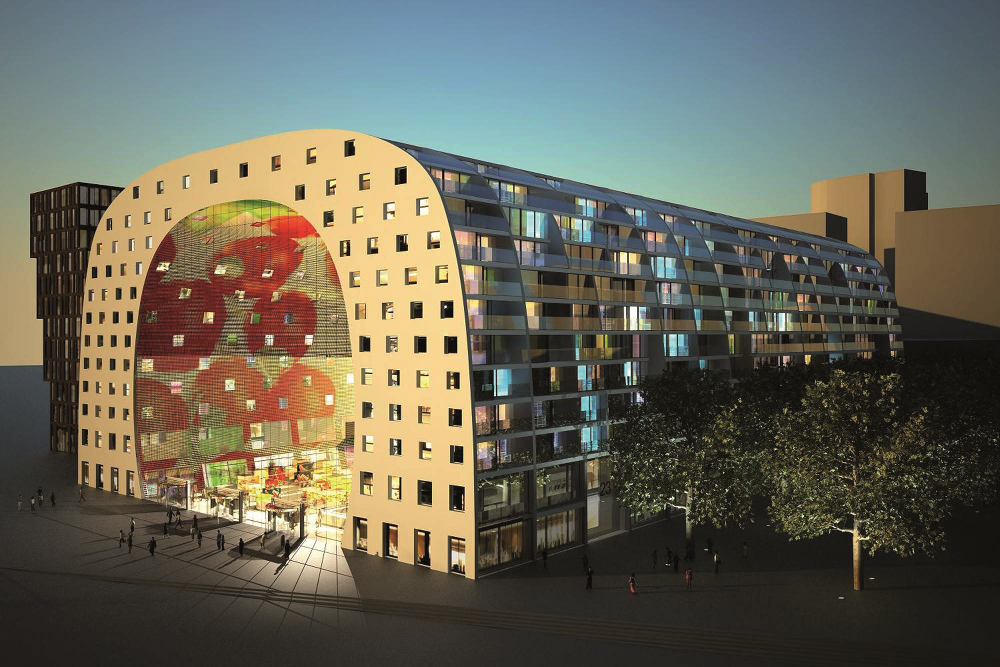Metropolitan Food Cluster
Global challenges require a thorough rethinking and redesign of the agricultural value chain, both vertically and horizontally (integrating animal and plant production chains and their waste management, in which waste streams from one element of the agricultural production system function as resources for other elements as much as possible). Central to this redesign is resource use efficiency (RUE) to maximize the productivity of the energy, water, nutrients and space used. The concept of Metropolitan Food Clusters (MFCs) provides this food system innovation in an integrated and operational manner. MFCs are integrated agro-production constellations consisting of three key elements:
- Agroparks (AP) – spatial clusters of high-productivity plant and animal production and processing units in an industrial set up. The integration of production and processing (e.g. slaughtering of animals) and the application of industrial ecology principles, combining high levels of both knowledge and technology, aims to increase productivity and at the same time reduce costs, transport, veterinary risks and environmental emissions.
- Rural Transformation Centres (RTC) – satellites in rural areas where the inputs from land dependent production for the whole network are collected. They are also the centres for training and education of high productivity land dependent farmers.
- Distribution and Consolidation Centres (DCC) – centres where raw and processed products, coming from either the rural environment or from specialized APs, are combined with import flows, processed further if necessary, and then recombined and distributed to the metropolitan regions.

So much for the theory, real-life MFCs hardly ever contain all components presented in the conceptual model; in most cases they develop out of existing situations and show a slowly developing horizontal and vertical integration. Though MFCs are composed by several functional units, greenhouse technology and architecture can be considered as crucial for the sustainable future of our food system. Today, the extensive greenhouse complexes in Rotterdam’s Westland region are mainly used for monocultural, export-oriented mass production – e.g. tomatoes, red pepper and courgettes for the world market. Tomorrow, however, greenhouses might become regional food centres next to all major cities offering a large variety of vegetables and fruit that are being grown in more sustainable ways than any home garden could do, namely by using less water and energy, no pesticides and producing high yields – thus extremely resource efficient. Already now, lettuce, herbs, tomatoes and many other fruits and vegetables can be harvested in fully automated Plant Production Units, where they grow under blue, red and invisible (infrared) LED-lights instead of daylight. Food does not need to be imported with excess impacts on the climate and the natural environment, but can be harvested when it is ready to eat – fresh, healthy and of great flavour.

